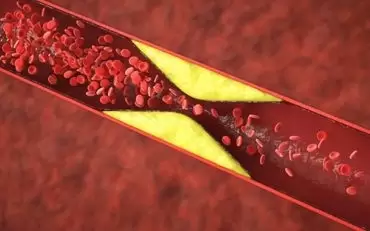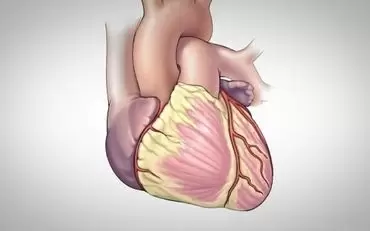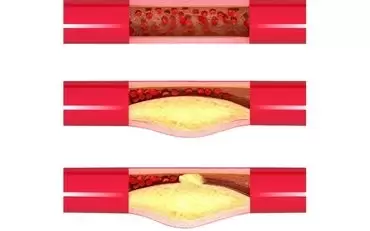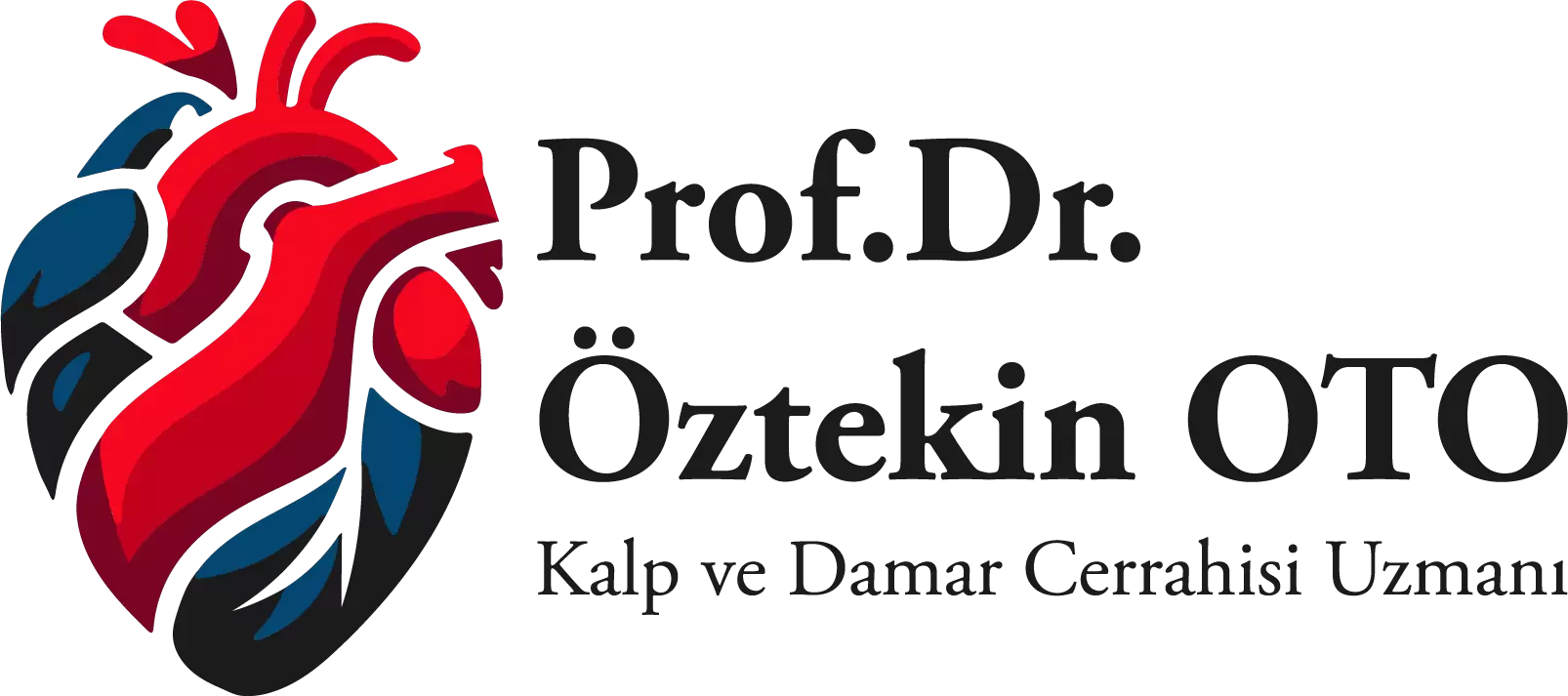29 Oca
Laser Treatment of Varices
LASER VARICOSE TREATMENT...
Laser Varicose Treatment has achieved significant success in recent years with technological advances. In the past, treatment of large, visible, tortuous and unpleasant varicose veins on the leg was only possible with surgery. Such large varicose veins can now be treated with laser (endovenous laser treatment-evlt-).
Endovenous Laser Treatment is performed with a type of local anesthesia called tumescent anesthesia, that is, only with local anesthesia, without putting the patient to sleep by talking to him. In other words, the patient can walk from the office and go to work after the procedure.
A good evaluation with an advanced doppler device is essential before and during the procedure. Patients with more than 2nd degree leakage detected in the varicose vein in the leg are suitable candidates for this treatment. The placement of the laser catheter into the varicose vein is done completely with the help of this doppler device without any incision. In other words, there is no wound or stitch on the leg.
Capillary varicose veins in the form of telangiectasis, which bother women a lot on the legs, can be burned from the outside with a different laser device. This procedure can be achieved as a result of several intermittent sessions. The most important advantage of the method is that it can be applied successfully on an outpatient basis in office conditions and the patient can return to work immediately without any incision.
ENDOVOUS LASER TREATMENT (EVLT)
A new technique for the treatment of superficial varicose veins that develop due to symptomatic saphenous vein insufficiency. Insufficiency of the superficial venous system of the lower extremity is a pathology that is seen with a frequency of up to 15% in men and 25% in women (1).
Although “varicose veins” are considered a normal finding on physical examination, they indicate significant venous insufficiency in many cases.
The venous system consists of deep, superficial and perforating components. The irregular functioning of one of these components may lead to insufficiency of the system. Saphenofemoral, saphenopopliteal junctions and perforating veins direct the circulation from superficial to deep (2).
Varicose veins are classified as primary (mainly due to congenital pathologies of the vascular wall and vascular structures) and secondary (valvular damage due to recanalization after thrombosis or inflammation of the vein). It is twice as common in women as in men. Obesity, constipation, trauma and occupational factors are factors in the development of venous insufficiency (3,4,5).
The diagnostic process of this condition begins with a physical examination performed while standing. Abdominal and pubic examinations should not be neglected. Non-invasive diagnostic methods are the gold standard. Duplex ultrasound performed by an experienced specialist can reveal anatomical and pathophysiological variations that will determine the treatment methodology.
Treatment principles of lower extremity primary varicose veins:
The leak should be removed at the most proximal level and the incompetent venous segment should be closed. Since the saphenous valve and the saphenous junction are responsible for the majority of lower extremity venous insufficiency cases, the aim of treatment should be to disable these structures. High ligation should be the preferred treatment method for saphenofemoral leakage and saphenous vena insufficiency. However, the specific risks of classical surgical treatment and the possibility of recurrence should not be forgotten. The most important disadvantages are that it can be applied under regional or general anesthesia and that it requires at least two days of hospitalization. In contrast, electrocoagulation, ultrasound-guided sclerotherapy, bipolar radiofrequency and laser endovenous ablation are other minimally invasive treatment options. Laser endovenous ablation was first described in 1998 for lower extremity venous insufficiency. As in the radiofrequency method, the target is ablation of the responsible vein with laser energy (2,3).
LASER (Light Amplification by the Stimulated Emission of Radiation) is a method of generating light energy. It has been used in medicine since the 1960s. The selection of the appropriate wavelength, amount and tissue is important for laser treatment of any pathology. The absorption of energy at different wavelengths by different tissues also varies, and 980 nm has been determined as the most suitable wavelength for hemoglobin. Therefore, this wavelength was selected for endovenous applications. Laser energy is carried to the application area with the help of a fiber optic cable. It is quite suitable for the saphenous vein and its branches, reticular veins, telangiectasias, varicose veins and venous ulcers (3,4,5,6).
Endovenous laser treatment is an outpatient treatment method that can be applied in private clinic conditions. Patient satisfaction is quite high due to the low pain and short recovery period. It provides rapid clinical and cosmetic results and the risk of infection complications related to the procedure is less compared to surgery. It does not require hospitalization and the benefit-cost ratio is very favorable (6,7).
Contraindications to the method: Pregnancy, arterial circulation disorders in the lower extremities, immobility, poor general condition, deep vein thrombosis and tendency to bleeding or thrombosis. Side effects are quite few and mostly easily tolerated: deep vein thrombosis, pulmonary embolism, skin burns, indurations, sensitivity and thrombophlebitis (4,5,6,7). Disadvantages of traditional surgery emerge as advantages of endovenous laser: problems related to anesthesia, high hospital expenses, inefficient use of resources, complications related to surgery. In addition, it is necessary not to forget the “fear of surgery” of many patients. In contrast, minimally invasive techniques, especially endovenous laser, are a method with lower costs and risks despite increased patient comfort. This method can be applied under local and tumescent anesthesia in private clinic conditions, and there are no problems such as hospitalization, general anesthesia and loss of labor. Doppler ultrasound guidance is required during the procedure to puncture the saphenous vein and localize the tip of the catheter approximately 2 cm below the level where the inferior epigastric vein drains into the saphenous vein. The total duration of the procedure is between 30 and 45 minutes. At the end of the procedure, obliteration of the saphenous vein by fibrosis can be demonstrated immediately by ultrasonography. After the procedure, compression stockings should be worn immediately and low molecular weight heparin should be applied for 5 days. No recanalization has been reported in short-term follow-ups and mid-term results are better than surgery. Patients can return to normal physical activities without any restrictions on the first day after the procedure. We believe that endovenous treatment will attract attention with its promising results in the treatment of varicose veins and superficial venous insufficiency (6,7).
References:
OH CK, JUNG DS, JANG HS, et al. Endovenous Laser Surgery of the Incompetent Greater Saphenous Vein With a 980-nm Diode Laser. Dermatol Surg 2003;29:1135–1140.
Gérard JL, Desgranges P, Becquemin JP, et al. Peut-on traiter les grandes saphénes variqueuses par laser endoveineux en ambulatoire. J Mal Vasc 2002; 27: 222-285.
Navarro L, Min RJ, Boné C. Endovenous laser: A minimally invasive method of treatment for varicous veins – Preliminary observations using an 810 nm diode laser. Dermatol Surg 2001; 27: 117-122.
Min RJ, Khilnani NM. Lower extremity varicosities: Endoluminal therapy. Seminars in Roentgenology 2002; 37: 354-360.
Proebstle TM, Gül D, Kargl A, et al. Endovenous laser treatment of the lesser saphenous vein with a 940 nm diode laser: Early results. Dermatol Surg 2003; 29: 357-361.
Proebstle TM, Sandhofer M, Kargl A, et al. Thermal damage of the inner vein wall, ng endovenous laser treatment: Key role of energy absorption by intravascular blood. Dermatol Surg 2002; 28: 596-600 Zimmet SE, Min RJ. Temperature Changes in Perivenous Tissue during Endovenous Laser Treatment in a Swine Model. Journal of Vascular and Interventional Radiology 2003; 14: 911-915.
Related Articles

What is HDL Cholesterol?
HDL cholesterol, which is also named as good cholesterol, is a protein that leads to severe health p..
Read More
Coronary Bypass Operations
Heart is composed of a muscular tissue which is pumping blood to the body. Coronary arteries are the..
Read More
Atherosclerosis (Arterial Stiffness)
Atherosclerosis is described as the narrowing and hardening of the arteries due to build-up of chole..
Read More




